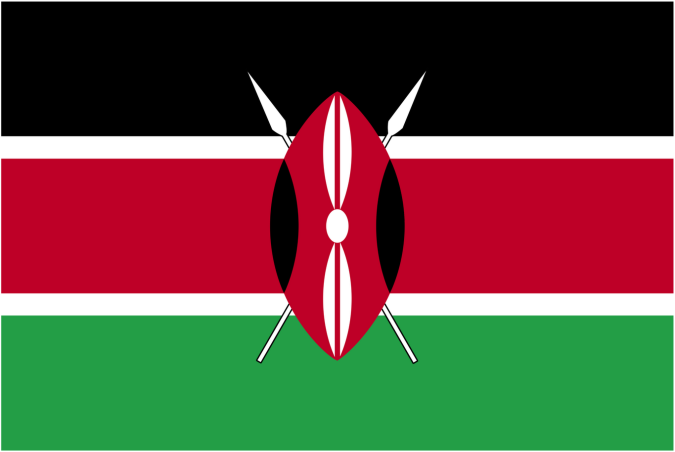KENYA:Taxify gets edge over Uber with M-Pesa payments

Taxify is following in the steps of Little, the Craft Silicon owned taxi-hailing company which was the first to integrate M-Pesa payment into its application. Sendy, a mobile-based courier service, and has also integrated M-Pesa into its application.
Both Sendy and Little are backed by Safaricom .
Mondo Ride said in an interview it is also planning to launch an M-Pesa payment option. Little chief executive, Kamal Budhabatti, told the Business Daily that M-Pesa accounts for about 30 per cent of the company’s ride payments.
Customers also have the option of loading money to through M-Pesa to a “Little Wallet” for later payment of their own rides or on behalf of their family and friends. M-Pesa is also integrated into the driver’s application on Little.
Uber told the Business Daily that it was still looking for a payments solution that would complement cash across the markets where it operates.
“We are looking for payment options that will serve riders and our partners across multiple countries that we are in,” the company said in a statement.
Primarily cashless
Uber is primarily cashless but when the company came to the developing world, it had to adapt, introducing cash payments for the first time in Kenya and India.
Mobile money is a key plank of the strategy to a cash-lite economy in countries like Kenya.
Data from the Communications Authority data shows that the value of mobile transactions in the quarter to June 2017 was Sh692.2 billion, driven by the increasing ubiquity of mobile money.
Competition in the local taxi-hailing business is heating up as companies fight for both customers and drivers.
Taxify recently introduced demand-based pricing, also known as “surge” pricing to its system as it sought to encourage drivers to go online during times of peak traffic.
SOURCE: BUSINESSDAILY AFRICA
 Africas leading resource for digital financial services
Africas leading resource for digital financial services


comments